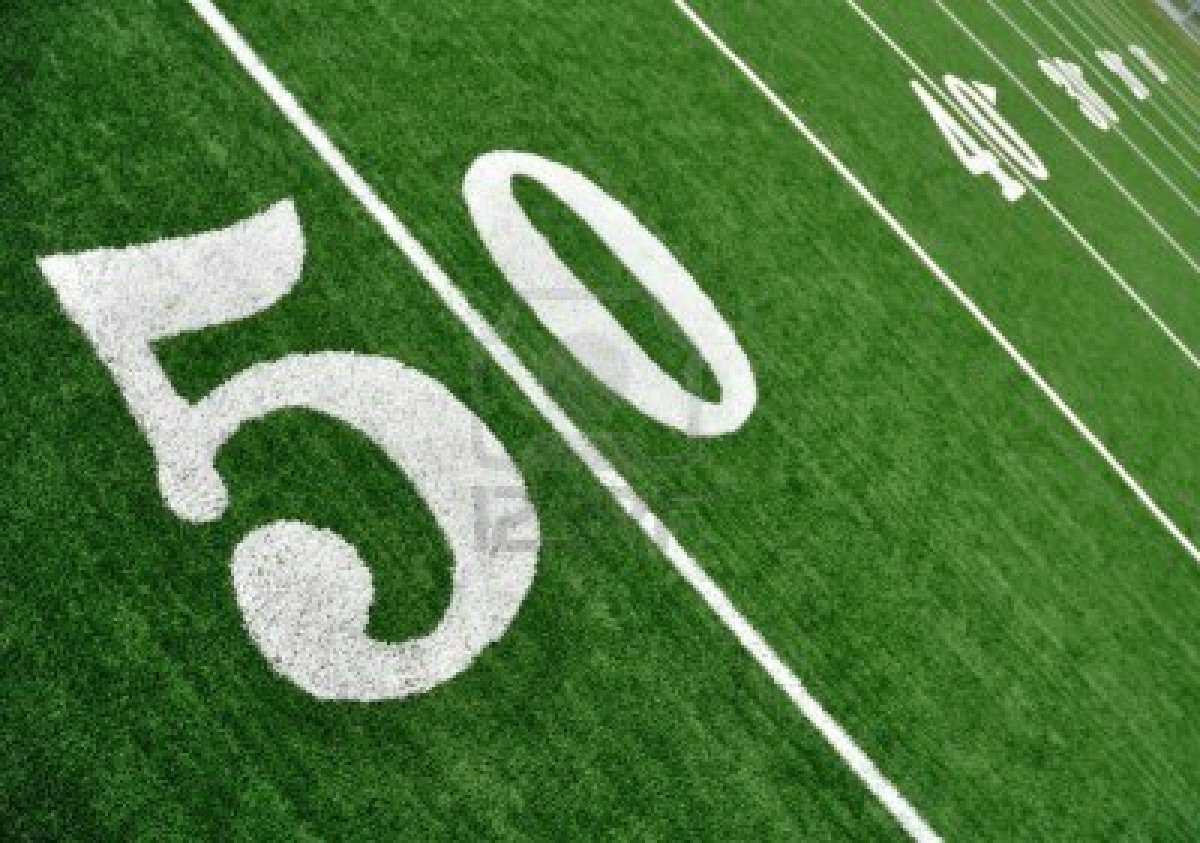By Chuck Raasch
WASHINGTON • Helmets with stronger concussion protection, and real-time impact sensors. Turf designed to lessen concussions from ground impact. Tethers from the helmet to the body to lessen pre-collision whiplash.
These are some of the future technological innovations laid out by NFL representatives and researchers at a briefing for Capitol Hill staffers Thursday.
During it, Dr. Matthew Matava, orthopedist, head team physician for the St. Louis Rams and head of sports medicine at Washington University, also described enhanced medical innovations that have been put in place or will soon be, including sideline doctor-and-trainer access to online medical records and x-rays and video.
“I can see it in real time, I can see it in slow motion, I can see it in reverse,” he said of new abilities to see injuries on video right after they occur.
One innovation, an “eye in the sky” independent trainer who watches for injuries from press box levels, has greatly aided the more than two dozen medical personnel that are on a typical NFL sideline, he said. Starting in the upcoming season, that trainer-spotter will have the ability to stop a game and order a player to be taken off the field if that player is suspected of having been injured.
The NFL has been buffeted by escalating worries over the long-term effects of brain injuries. Young players, citing injury worries, have retired early. The NFL made a roughly $1 billion injury settlement with thousands of ex-players, as former players have come forth to describe the trials of living with post-concussion health problems.
The NFL has poured millions of dollars into research, at times coordinating with military researchers who have been dealing with 300,000 armed services personnel who have suffered concussions since 2000.
The NFL handed out a fact sheet claiming that concussions in NFL regular season games were down 36 percent between 2012 and 2014, and that concussions from helmet-to-helmet hits were down 43 percent over the same time.
“That is not success, we don’t proclaim it to be, but we think it is a positive trend,” said Jeff Miller, senior vice president of player health and safety.
Dean Blandino, the NFL’s vice president for officiating, said that rules changes outlawing hits on defenseless players and changes in kickoffs have reduced penalties on that infraction from 67 in 2013 to 40 during the 2014 season. Moving kickoffs from the 30-yard line to the 35-yard line in 2011 reduced returns from 81 percent to 47 percent of the time, cutting the frequency of a play that NFL officials said has been one of the game’s most dangerous.
The NFL says it got thousands of safety research applications from around the globe and that it has given $300,000 or $500,000 grants to about two dozen researchers, with six of the most promising eligible for $800,00 in further funding.
The NFL highlighted three of the most promising research studies in a briefing:
• A UCLA lab’s development of a “micro-lattice” material that would replace high-tech foam now in helmets. Initial studies have shown the design lessens the impact on the brain of the most serious head blows by 28 percent. The design allows for more air flow for cooling, and can be equipped with sensors to determine the strength and location of a blow to the head.
• A turf underlay, using the same materials in 65 percent of car ceiling “headliners,” that is designed to reduce the impact on a player’s head hitting the ground, according to its developer, Viconic Sporting of Dearborn, Mich.
• A U.S. Army Research Lab elastic tether designed to connect helmet and body that acts as a “shock absorber for the head” by restraining whiplash and reducing “violent head to ground collisions,” said Dr. Eric Wetzel, an Army researcher.
“Concussion is not just a football issue, it is a societal issue,” he said.
Source: http://www.stltoday.com/sports/football/professional/high-tech-helmets-turf-and-tethers-may-be-in-nfl/article_4491ce5e-f643-532e-92f6-78908a1525c9.html
